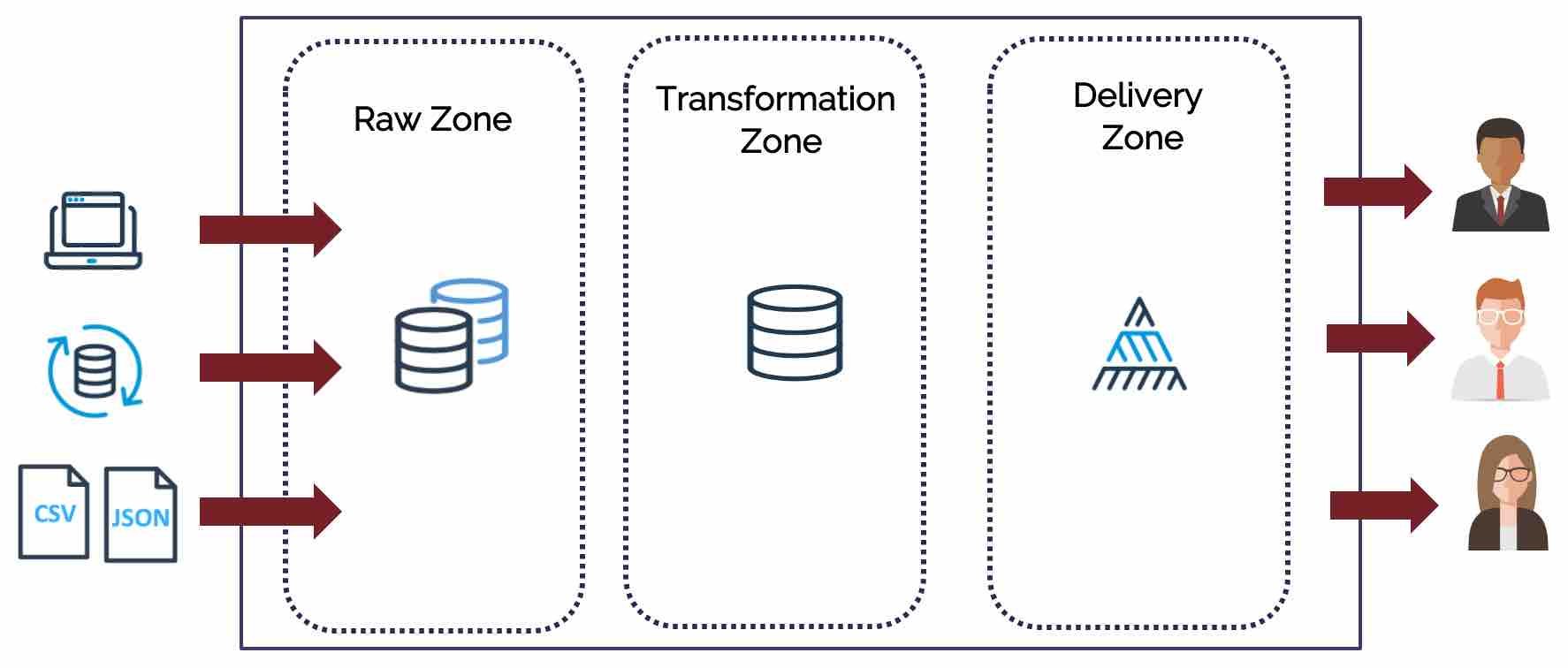- May 8, 2024
Snowflake Optimizer Explained: Enhance Your Data Processes

Image Source: Google
In the world of data management and analytics, optimizing processes is crucial for efficient and effective operations. Snowflake, a cloud-based data warehousing platform, offers a powerful tool called the Snowflake Optimizer.
This tool is designed to help users improve the performance of their data queries and processes by automatically optimizing and tuning the underlying infrastructure. In this article, we will delve into the Snowflake Optimizer, how it works, and how you can use it to enhance your data processes.
What is the Snowflake Optimizer?
The Snowflake Optimizer is a key component of the Snowflake platform that focuses on optimizing the execution of SQL queries. It uses advanced algorithms and machine learning techniques to analyze query patterns, data distribution, and query performance metrics. Based on this analysis, the optimizer automatically adjusts various parameters and configurations to improve query performance and efficiency.
Key features of the Snowflake Optimizer include:
- Automatic query optimization
- Dynamic adjustment of resources
- Adaptive query execution
- Intelligent caching strategies
- Cost-based query optimization
How Does the Snowflake Optimizer Work?
The Snowflake Optimizer works by continuously monitoring and analyzing query performance and resource utilization within the Snowflake data warehouse. It leverages machine learning models to predict the most efficient execution plan for each query based on historical data and real-time metrics. The optimizer then dynamically adjusts various parameters such as data distribution, caching strategies, and parallel processing to optimize query performance.
The process of query optimization in Snowflake involves the following steps:
- Query parsing and analysis
- Cost-based optimization
- Execution plan generation
- Query execution and monitoring
- Performance tuning and feedback loop
Benefits of Using the Snowflake Optimizer
By leveraging the Snowflake Optimizer, organizations can realize a wide range of benefits that can significantly enhance their data processes and analytics capabilities. Some of the key benefits of using the Snowflake Optimizer include:
Improved Query Performance
- Automated query optimization leads to faster execution times and improved response times for queries.
- Dynamic resource allocation ensures that queries are executed using the optimal amount of computing resources.
Increased Scalability and Efficiency
- The Snowflake Optimizer scales seamlessly with growing data volumes and user concurrency, ensuring consistent performance.
- Efficient resource utilization reduces overall operating costs and improves ROI on data analytics investments.
Enhanced Data Quality and Consistency
- Intelligent caching strategies and adaptive query execution ensure that users receive accurate and consistent query results.
- Cost-based optimization minimizes data skew and improves data distribution across the cluster.
Best Practices for Using the Snowflake Optimizer
While the Snowflake Optimizer is a powerful tool for enhancing data processes, there are several best practices that organizations should follow to maximize its effectiveness and ensure optimal performance. Some key best practices for using the Snowflake Optimizer include:
Regularly Monitor Query Performance
- Monitor query performance metrics such as execution times, resource utilization, and query throughput to identify optimization opportunities.
- Use Snowflake's built-in performance monitoring tools to track query execution plans and identify performance bottlenecks.
Optimize Data Distribution and Query Patterns
- Ensure that data is distributed evenly across the cluster to prevent data skew and optimize query execution.
- Analyze query patterns and usage statistics to identify common query types and optimize query processing for frequently executed queries.
Stay Up to Date with Snowflake Updates and Features
- Regularly update your Snowflake instance to take advantage of the latest features and optimizations introduced by Snowflake.
- Attend Snowflake training sessions and webinars to stay informed about best practices for using the Snowflake Optimizer.
Conclusion
The Snowflake Optimizer is a powerful tool that can significantly enhance the performance and efficiency of data processes within the Snowflake data warehouse. By leveraging advanced algorithms and machine learning techniques, the optimizer automates query optimization and resource allocation, leading to improved query performance, scalability, and data quality. Organizations that follow best practices for using the Snowflake Optimizer can maximize its benefits and drive greater insights from their data analytics initiatives.
Submit A Comment
You must be logged in to post a comment.